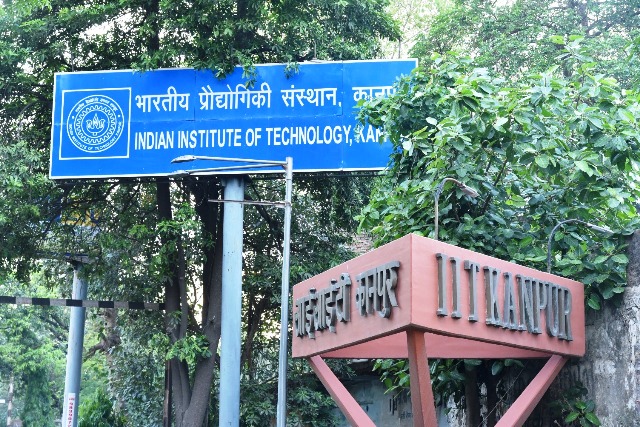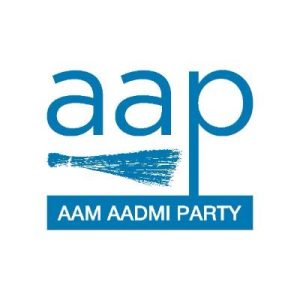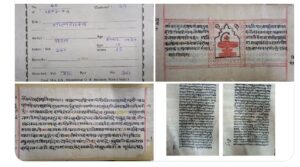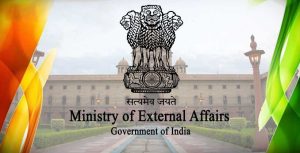New Delhi, 16 November: The recent findings of a joint project of Delhi Government and Indian Institute of Technology (IIT) Kanpur revealed that the contribution of vehicular emissions to the capital’s air pollution on Wednesday was about 38 percent.
The pollution level in the entire NCR, including the national capital Delhi, is likely to remain in the ‘very poor’ category for the next two-three days.
Despite all the efforts of the government machinery, people do not seem to be getting any relief.
Delhi Environment Minister Gopal Rai told media persons on Thursday that pollution is likely to remain in ‘very bad’ category for the next two-three days. In this context, it was decided in today’s meeting that inspections should be intensified to implement the rules of Graded Response Action Plan (GRAP) at the ground level. A six-member special test force has been formed for monitoring. Special Secretary of Environment Department will be in charge of this.
Delhi’s Air Quality Index (AQI) stood at 437 on Thursday, which is considered very bad for health. Delhi’s average AQI was recorded at 401 at 4 pm on Wednesday. It was 397 on Tuesday. AQI between zero and 50 is considered good, 51 to 100 satisfactory, 101 to 200 moderate, 201 to 300 poor, 301 to 400 very poor, 401 to 450 severe and above 450 extremely severe.
An official of the Meteorological Department said that due to no wind and low temperature, pollutants remain in the air and there is no hope of relief for the next few days.
Delhi’s air quality levels have been falling for the past few days despite the Delhi government taking stringent measures including a ban on construction work and entry of diesel-powered trucks in the city. While firecrackers burst on the day of Diwali are considered to be the main reason for air pollution in the city, stubble burning in Punjab is also a reason.





